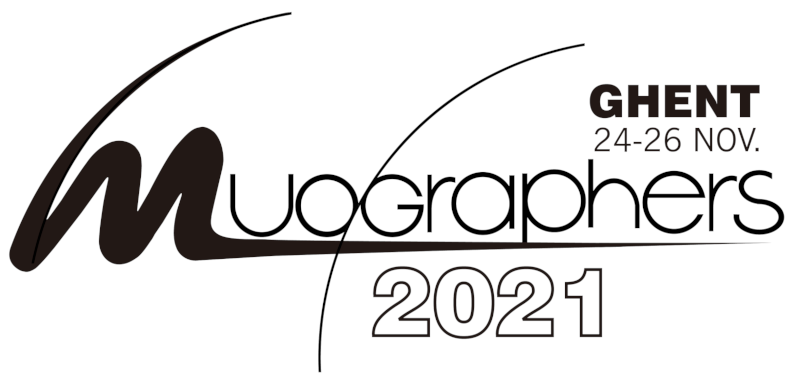Speaker
Description
In this work we analyze the data sets of two muon imaging and monitoring experiments carried out using a portable muon detector conceived for geosciences applications at the Mont Terri Underground Rock Laboratory (URL), Switzerland. This underground facility is located in the Jura Mountains in north-western Switzerland, at a depth of ~300 meters below the Earth's surface. The region hosts two aquifers separated by an aquitard. The objective of these experiments is to evaluate the potential of muography to quantify groundwater variations.
Each of the data set consists of more than 1 year of measurements acquired in a specific location and detector orientation in the underground facility. This results in different opacity distributions for each experiment (~700 and ~1000 meters water equivalent, respectively). The two experiments together represent more than 2 years of muon data. From each data set we computed a radiography of average mass density along the registered muon trajectories, and we found that they are consistent with each other and with the geology of the site.
Previous large particle-physics experiments have shown that muon rate variations registered in underground facilities are sensitive to regional middle-atmosphere temperature variations. Our results show that the sensitivity to these phenomena is not only limited to large, expensive, and immobile muon detectors often associated to neutrino experiments and high‐opacity conditions. We found that changes in the thermal state of the atmosphere represent a major cause of muon rate variations registered in both experiments conducted at the Mont Terri URL.
To evaluate the feasibility of employing muography methods to perform hydrogeological studies, we first study the influence of the middle-atmosphere temperature variations in each data set to remove it from the muon rate variations time series. After eliminating this effect, we compare the resulting muon rate variations time series with meteorological and hydrogeological data that estimate the groundwater content in the study region. In addition, by merging adjacent axis of observation of the portable muon detector, we found different zones of the rock volume above the site that exhibit characteristic behaviors. Finally, we discuss the implications of our observations for geosciences applications aiming to characterize density variations in the subsurface with muon data.
